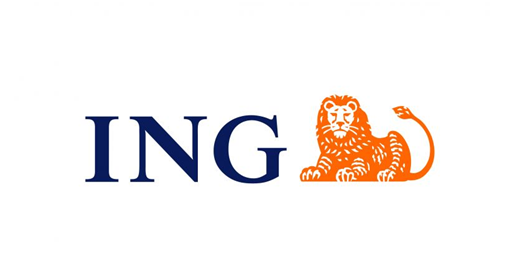
The latest potential flashpoint is
the Strait of Hormuz. It’s a vital artery that carries around a fifth of the
world’s oil. It’s
been at the centre of numerous geopolitical tensions for many years. Any
disruption could have yet another negative economic impact on the global
economy, hampering vital trade routes and lengthening transit times, resulting
in production delays and higher inflation.
But the
Strait is not the only place where there’s deep concern about security.
For some
time now, the Strait of Bab el-Mandeb-Suez Canal, which handles around 15% of
global maritime trade, has seen significant disruption due to attacks by Houthi
rebels on ships in the region. The Red
Sea is still largely being avoided, with daily transits down two-thirds
year-on-year, according to IMF PortWatch data
On the other side of the globe, a drought at
the Panama Canal, which handles 5% of global maritime trade, is slowly
improving as daily transits have risen to 27 in March from 24 in January and 22
in December 2023. Yet, capacity is still off the normal daily average of 34-40
transits, a level currently only expected to be reached again by 2025. And next
to this, shallow waters in the world’s main inland shipping waterways could
easily return over the course of this year.
We know
from all the disruption in the Red Sea that elevated risks could quickly impact
trade routes once seafarers and cargo are threatened and insurance risk
premiums go up. As such, trade has become increasingly politicised. It’s worth
noting here that another maritime area in the scope of geopolitical risks is
the Taiwan Strait, which is a gateway to large Chinese ports.
When it
comes to international trade, it’s difficult to quantify the financial effect
of one or two events, whether they’re geopolitically related or not. That said,
you may recall the blockage of the Suez Canal by a container ship, Ever Given,
in 2021. That led to an estimated loss of 0.2 to 0.4 percentage points in
global trade. Low water levels in the Rhine in Germany had a negative impact of
0.3% on GDP numbers due to higher transport and trade costs and production
delays.
The Strait of Hormuz is a key route
for global oil and LNG transport
Here’s why the Strait of Hormuz, that
key maritime choke point connecting the Persian Gulf with the Gulf of Oman, is
in trade watchers’ focus. The Strait is critical for transporting oil,
petroleum products and LNG.
Tensions
have already been reflected in somewhat higher oil prices, with a large risk
premium already priced in before last weekend. This could easily lead to supply
concerns should the situation escalate. According to LSEG Oil Research, most of
the crude and condensates shipped through the Strait of Hormuz went to Asian
markets, putting those economies more at risk of a potential supply cut. However, given the global nature of the oil
market, all regions would be affected by higher oil prices in the event of a
blockade.
For the
tanker shipping market, this means yet another headache it could do without
after sanctions on Russia already led to significant shifts in oil trade
patterns and much more sea mileage. These new tensions will keep tanker rates
elevated and may even send them higher still.
For the time being, oil supply
remains intact, although the risk of tensions in the Middle East making things
much worse is growing. The lack of any significant price reaction
following Iran’s recent attack on Israel is largely due to a large risk premium
already having been priced into the market. ICE Brent rallied from a little
more than $86/bbl at the start of April to over $90/bbl in anticipation that
Iran would respond to Israel’s suspected airstrike on its embassy in Syria.
Secondly, the market is also in
limbo, still waiting to see how Israel will respond to the aggression. The longer the market waits, the
more likely the risk premium starts to fade.